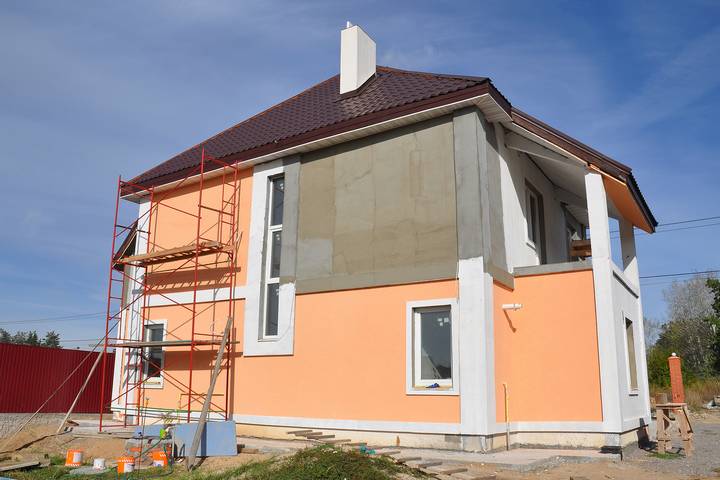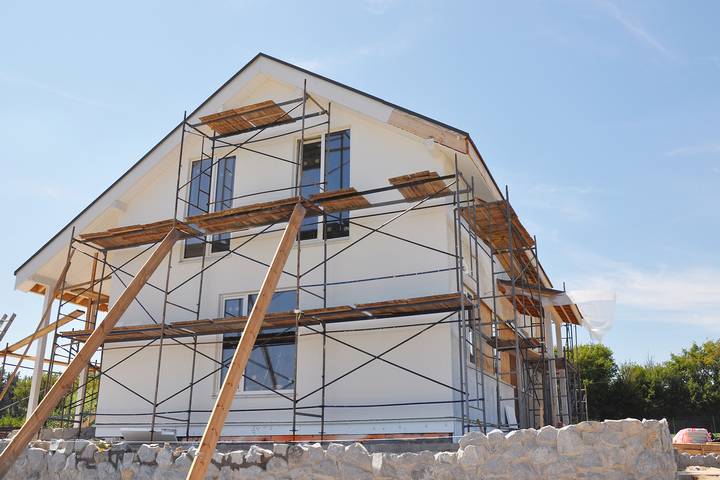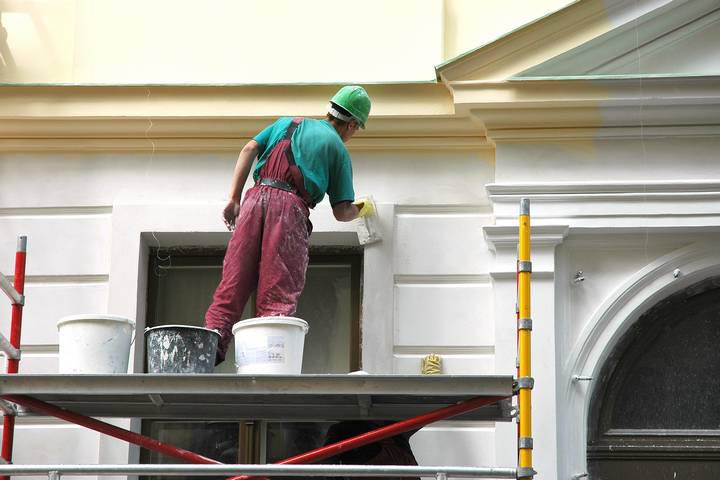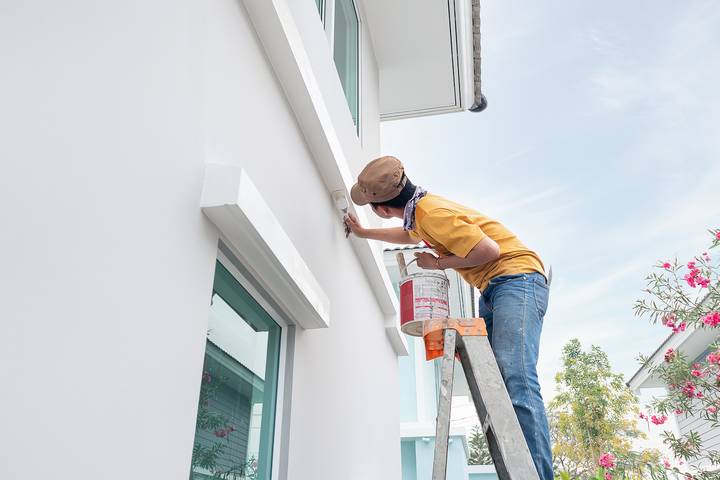
How to Choose Exterior Paint Colours for Your Home
Choosing the best exterior colours for your home can be challenging and worse if you have many neighbours. You want your home to be appealing and feel welcoming without any signs of colour clashes or mistakes
With all the options available, selecting the best outdoor paint colour for your home is no child’s job. Going for the poor choice of colour can be an expensive mistake that will have you dig deeper into your pockets for paint replacement or coating- not forgetting the time wasted and the stress that comes with the mess. You can seek advice from professionals, which you’ll supplement with the above tips for more desirable results.
Here is a guide on how to choose exterior paint colours for your house:
1. The Roof Colour Matters

Before diving deeper into thinking about the best exterior colour, the look of your roof should be one of the most immediate spots to focus on. The colour doesn’t necessarily need to match that of your roof but at least offers you a guideline for choosing an alternative or supplement for the roof colour.
For instance, those with grey or black tops can supplement them with other soft and single colours.
2. Look at Your Natural Surrounding

Nature speaks louder than any other aspect of the environment. Ensure your preferred exterior paint colour matches the natural surroundings of your home. For instance, white exteriors perfectly align with a woody, desert, oceanic or mountainous environment, while green, grey, or maroon is best for tropical climates.
The colours show how much you acknowledge and appreciate nature, making your home the most beautiful in the neighbourhood.
3. Consider the Architectural Design of Your Home

Did you know how much your house’s architectural design affects your choice of exterior paint colour? Some homes have unique features and angles that need warmly appreciated with the best paints on earth.
While some houses go well with neutral tones, others will crave bright or blended colours. For instance, using sky blue or white trim on oceanic houses bring out beauty without drawing unnecessary attention.
Ensure you research exterior paints for different architectural designs, or ask your exterior designer for advice. Besides the visual effect, exterior colours influence the sensation we feel in our homes.
4. Have a Look at Your Neighbour’s Painting Works

Colours are essential in our universe, not only to ourselves but also to those around and close to us. When choosing a perfect paint colour for your exterior, you must consider the colours your neighbours have used on their houses.
You don’t have to be a copycat or neither stand out weirdly in the hood. Choose a colour or shade that best matches your neighbours’ to benefit the entire estate. For instance, if most of the houses in the hood are painted in grey, you can opt for light grey shades or earth brown.
5. Check on the Materials Used to Build Your Home

Another thing to consider when choosing an exterior paint colour is the materials used to build your house. The exterior paint colours for brick houses might differ from stone or wooden ones.
Your roof’s materials, from metal, clay, and concrete, to polyvinyl chloride or slate tiles, also affect the choice of paint colour. The colour must perfectly balance with these materials without creating colour mistakes or clashes that will probably cost you more to re-do.
6. The Perfect Combination

Most architects and exterior designers often advise their clients to blend at least two colours for the outer look but barely point out which blends are the best. Study the best colour combinations for your home or instead consult your designer about it.
You can combine classic colours with vivid or bright ones for Victorian homes. Some houses can accommodate a mixture of more than two colours, depending on their size, design, and materials. As a designer or architect, understanding your client’s long-term desires is crucial before deciding on the best exterior colours.
7. Consider the Surrounding Climate

The surrounding climate of your home significantly affects your choice of exterior paint colours. Kindly ensure you study and understand different temperatures or weather conditions in your surrounding before settling for a particular colour for your exterior.
For example, beach houses and homes are mostly painted in bright colours such as white, grey, or sky blue to deflect heat in the warm climate, allowing the interior to stay as cool as possible. You don’t deserve a colour that will wear out soon or create an uncomfortable living due to climatic and weather changes.
A tip: Black might be a poor selection for houses located in warm climates, while white exterior paints barely fit cold temperatures.
